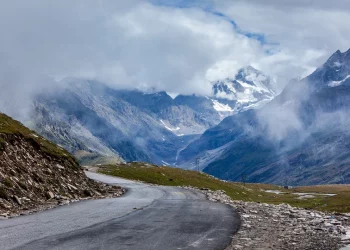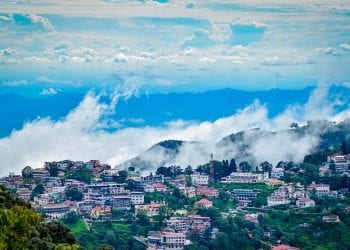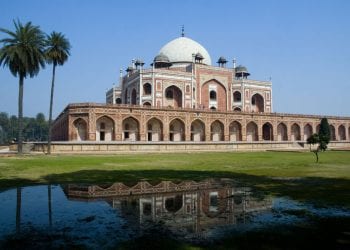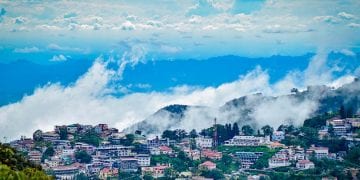6 Attractions That You Must Not Miss When In Lucknow
Lucknow, the capital of Uttar Pradesh, is a not just a bustling city, but also a major hub of architecture and culture in the Northern region of India. The city boasts of many historical monuments that were built in the era of the Mughals and then later, during the colonial British rule. There are musicians and poets who have earned fame for the country and the city is known for its mouthwatering kebabs and other delicacies. Here are six things to do when you are in the city and you will find there are plenty of reasons to keep on returning here:
Top 6 Things to do in Lucknow:
- Visit the Bara Imambara
- Visit the Lucknow Zoo
- Pay a visit to the British Residency
- The Memorial Museum
- Oudhayana
- Indira Gandhi Planeterium
1. Visit the Bara Imambara

Built in 1784 by Asaf- ud- Daula, the fourth Nawab of Awadh, the Bara Imambara stands tall and proud even today. It was also built for a very noble cause- as a center of famine relief program. It was also an attempt by the Nawab to try and emulate the Mughal form of architecture and their building complex. It is completely devoid of any kind European monuments. The complex is itself huge, with the Bara Imambara being only a part of it. There is a mosque, as well as various courtyards of multiple sizes, huge arched gateways as well as a step well. It was also once used as a summer palace. It is said that the central hall of the Imambara is the largest of its kind in the world, with the arched hall being 15 meters tall and the arch spreading over 800 meters without any other kind of pillars to support it in the middle. In the same complex, is the most talked about architectural marvel of Lucknow, the Bhulbhulaiya. It is an intricate maze with labyrinthine passages and there are 489 identical doorways through which one must pass through. If it is successfully done, then one will end up at the doorway which will have a panoramic view of the city. It is said that the subsequent Nawabs also hid their treasures here. The complex is open from 9 am to 5 pm.
2. Visit the Lucknow Zoo
It is often assumed that zoos are places to be visited by children. The Lucknow Zoo however, draws visitors of all age groups and locals and outsiders visit here in equal numbers because it is supposed to have a very good program of educating the masses about the conservation of wildlife. There are 447 mammals, 348 birds and 57 reptiles in the zoo and between them there are over 97 different species of wild animals to be found here. The zoo is home to the Royal Bengal Tiger as well as the White Tiger. There are also lions, gibbons, Hoolock gibbons along with Himalayan Black Bears and the Indian Rhino. Those who are drawn to the avian life will find a large number of bird species and they include golden pheasants and silver pheasants and the Great Pied Hornbill among others. The Nature Interpretation Center also organizes Touch Table Programmes each Fridays. It is all about giving the visitors a tactile education about birds and animals by giving them hand- on experience about eggs of animals and birds, tusks of elephants, and skins of various animals. A toy train runs through the entire zoo and this was started in 1969.
3. Pay a visit to the British Residency
The British Residency perhaps remains the most important landmark of colonial rule in the city. The complex has a number of gardens and ruins and they offer an insight into the first stages of the fall of the British rule in India. It had once served as a refuge for about 3000 British residents in India during the mutiny of 1857 when the Indians had launched their attack. The compound has been left as it was at the time of the final relief and the mark of bullets and cannons could still be seen within the walls. There are also about 2000 graves of the British soldiers who died during that time. There is a museum inside the Residency which also chronicles the events that happened at the time.
4. The Memorial Museum
The Memorial Museum is located inside the walls of the British Residency and there are records and documents which narrate the history of what happened in 1857 in a chronological order. Sections of the display are in the form of a diorama and there are canvases and paintings, photographs and other documents that portray some of the battles in and around the Residency. A new gallery has also been added very recently in the basement of the museum and it showcases some of the artifacts that were recovered in the southern portion of the complex of the Residency. It is an important place to visit to know about the first struggle for independence in India.
5. Oudhayana
You have to dine in Oudhayana to experience one of a kind dining experience while exploring Lucknow. Located in the lobby of the Vivanta by the Taj, this high-end restaurant of the hotel provides a royal dining experience. The restaurant specializes in Awadhi and Mughlai cuisine and the décor is simply amazing. You will find chandeliers twinkling on you and there are parathas and kebabs along with delectable biryanis. Every dish is mouthwatering and delectable and the recipes are as authentic as they can be to the originals that were once prepared in the kitchens of the Nawabs themselves. The restaurant is open from 12:30 pm to 2:45 pm and from 7:30 pm to 11:30 pm.
6. Indira Gandhi Planetarium
This is a special attraction that is unique to the city of Lucknow and is located just by the Suraj Kund Park on the banks of the Gomti River. The planetarium was established in 2003 and boasts of a unique architecture that is in the shape of the planet Saturn, even complete with its outer ring. The building is fully air-conditioned and there is state of the art projection system that produces all kinds of marvelous effects to imitate the galaxy during the screenings. Daily shows are offered to help the visitors understand how the cosmos works and the planetarium is frequented by many schools on trips. Vacations especially see a large number of visitors. Timings are from 10 am to 5 pm and the showtimes are from 1 pm, 3 pm, and 5 pm. On days there are special screenings, the planetarium has a number of special visitors as well.
Recent Posts
Top Picks
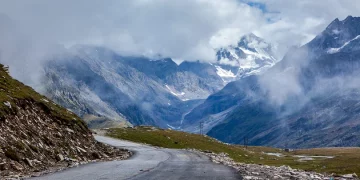
- OYO
 15 April, 2024
15 April, 2024 - Cultural Tour

- OYO
 15 April, 2024
15 April, 2024 - Cultural Tour

- OYO
 15 April, 2024
15 April, 2024 - Cultural Tour

- OYO
 15 April, 2024
15 April, 2024 - Cultural Tour

- OYO
 15 April, 2024
15 April, 2024 - Cultural Tour

Please rotate your device
Please go back to portrait mode for the best experience



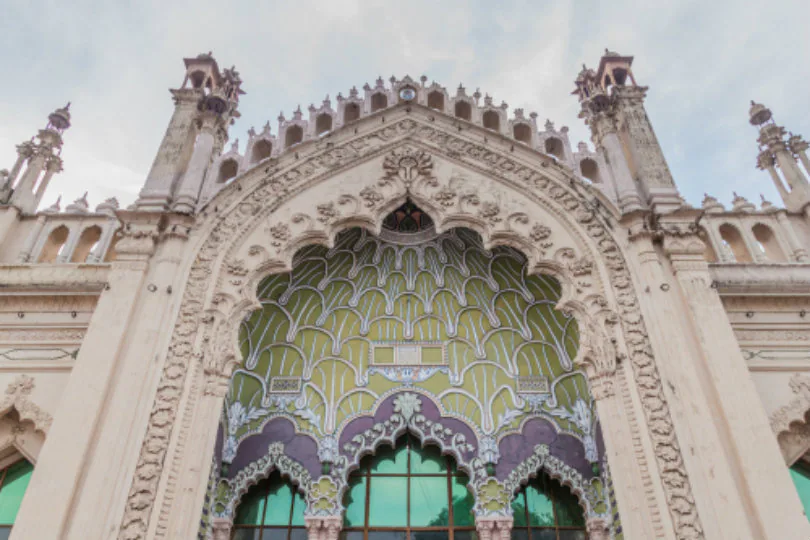
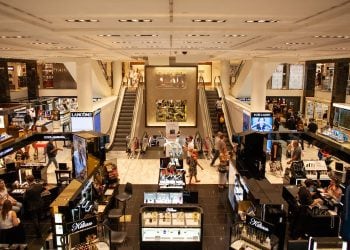
 April 15, 2024
April 15, 2024 